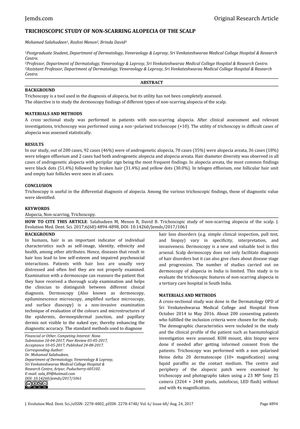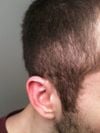TLDR Trichoscopy is effective for diagnosing different types of non-scarring hair loss.
In a 2017 study of 200 patients with non-scarring alopecia, trichoscopy was proven to be an effective diagnostic tool. The study diagnosed 92 patients (46%) with androgenetic alopecia, 70 patients (35%) with alopecia areata, and 36 patients (18%) with telogen effluvium, while 2 patients had both androgenetic alopecia and alopecia areata. Trichoscopic signs included hair diameter diversity in androgenetic alopecia cases, with the peripilar sign being most common. Alopecia areata was characterized by black dots, broken hair, and yellow dots, while telogen effluvium was identified by the presence of one follicular hair unit and empty hair follicles. The study's conclusion emphasized the significant role of trichoscopy in accurately diagnosing different types of alopecia.
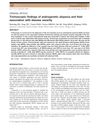 30 citations
,
March 2015 in “Journal of Dermatology”
30 citations
,
March 2015 in “Journal of Dermatology” Hair thickness differences help diagnose hair loss severity.
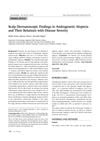 30 citations
,
January 2014 in “Annals of Dermatology”
30 citations
,
January 2014 in “Annals of Dermatology” Scalp dermatoscopy helps diagnose and monitor hair loss severity.
76 citations
,
January 2011 in “Indian Journal of Dermatology/Indian journal of dermatology” Dermoscopy is a useful tool for diagnosing and managing alopecia areata.
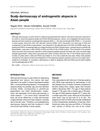 67 citations
,
February 2009 in “Journal of Dermatology”
67 citations
,
February 2009 in “Journal of Dermatology” 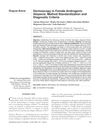 129 citations
,
January 2009 in “International Journal of Trichology”
129 citations
,
January 2009 in “International Journal of Trichology” Trichoscopy can diagnose female hair loss with high accuracy by looking for specific patterns in hair and scalp appearance.
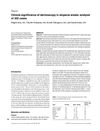 196 citations
,
June 2008 in “International Journal of Dermatology”
196 citations
,
June 2008 in “International Journal of Dermatology” Dermoscopy helps diagnose and manage alopecia areata by showing specific hair changes.
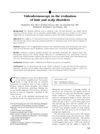 304 citations
,
July 2006 in “Journal of The American Academy of Dermatology”
304 citations
,
July 2006 in “Journal of The American Academy of Dermatology” Videodermoscopy improves diagnosis of hair and scalp disorders and may reduce scalp biopsies.
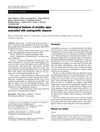 95 citations
,
January 2004 in “Archives of Dermatological Research”
95 citations
,
January 2004 in “Archives of Dermatological Research” Peripilar signs can help diagnose androgenetic alopecia and reveal its cause.
 5 citations
,
October 2018 in “Burns”
5 citations
,
October 2018 in “Burns” Most patients who had scalp skin removed for burns as children had normal hair growth and were satisfied years later.
 4 citations
,
July 2015 in “Case Reports in Dermatology”
4 citations
,
July 2015 in “Case Reports in Dermatology” A woman with unexplained hair loss was found to have harmless skin tumors and a scarring hair loss condition, but the tumors didn't cause the hair loss.
1 citations
,
January 2010 Redistributing existing hair is the best solution for scalp alopecia.
